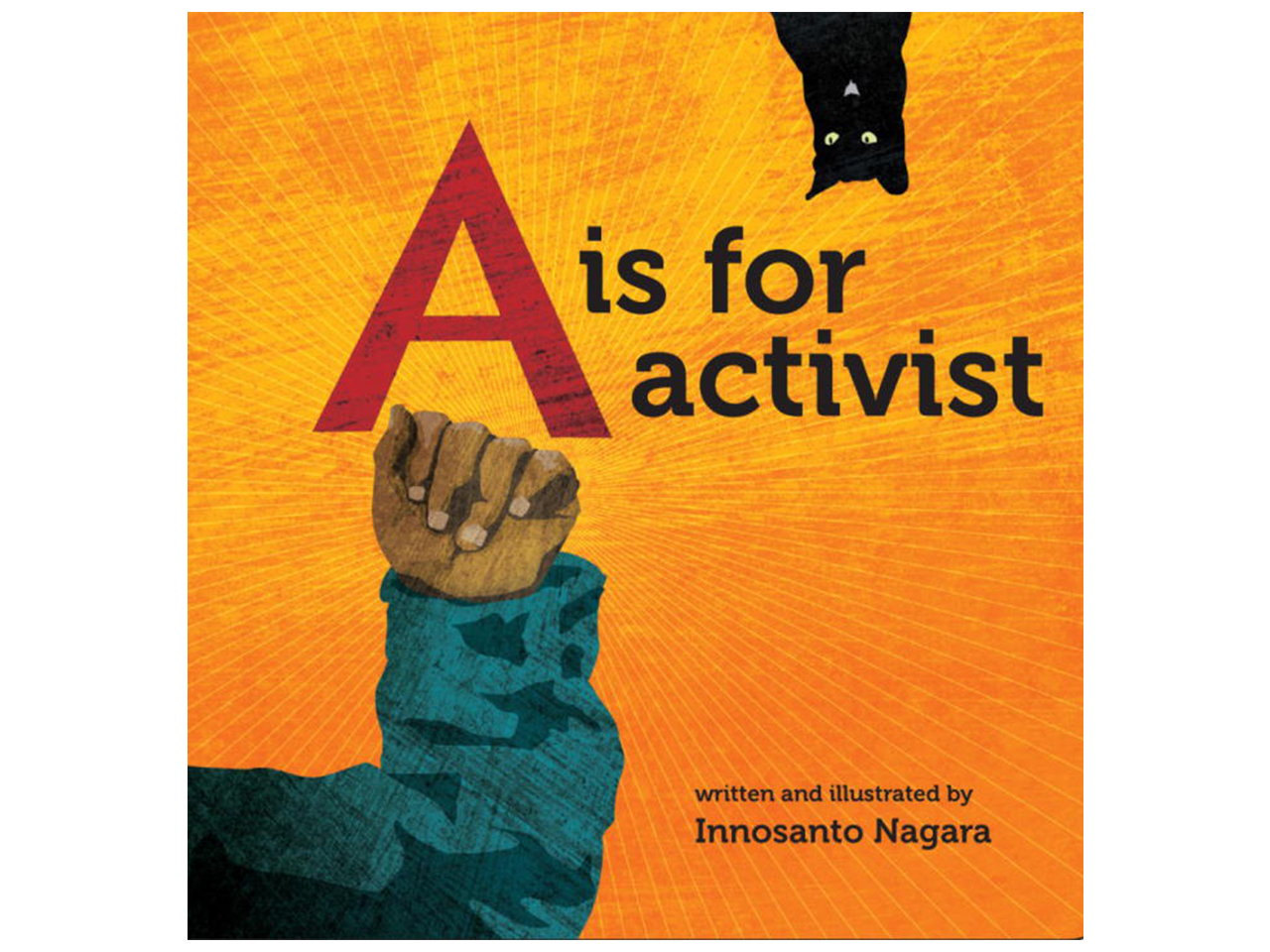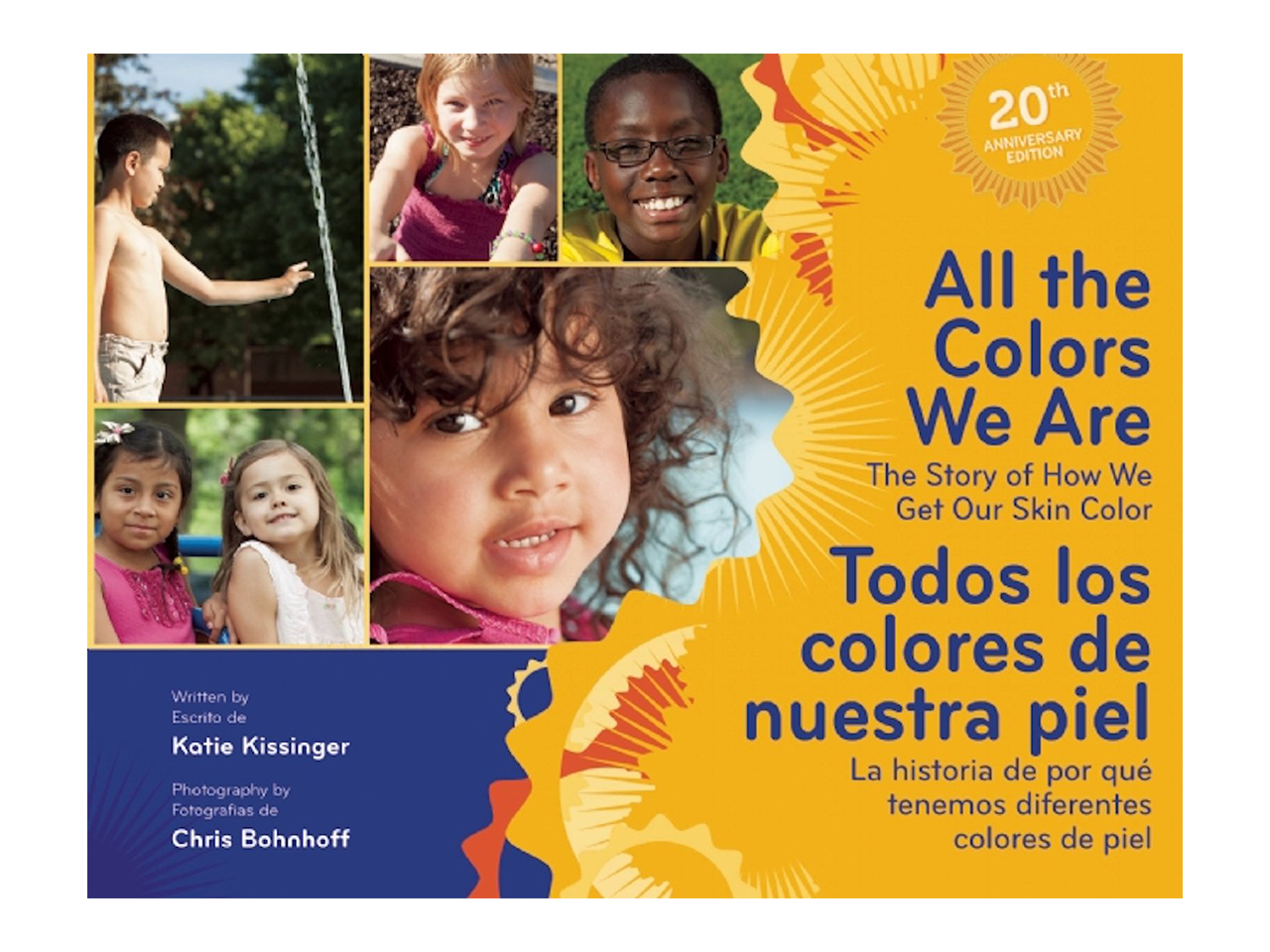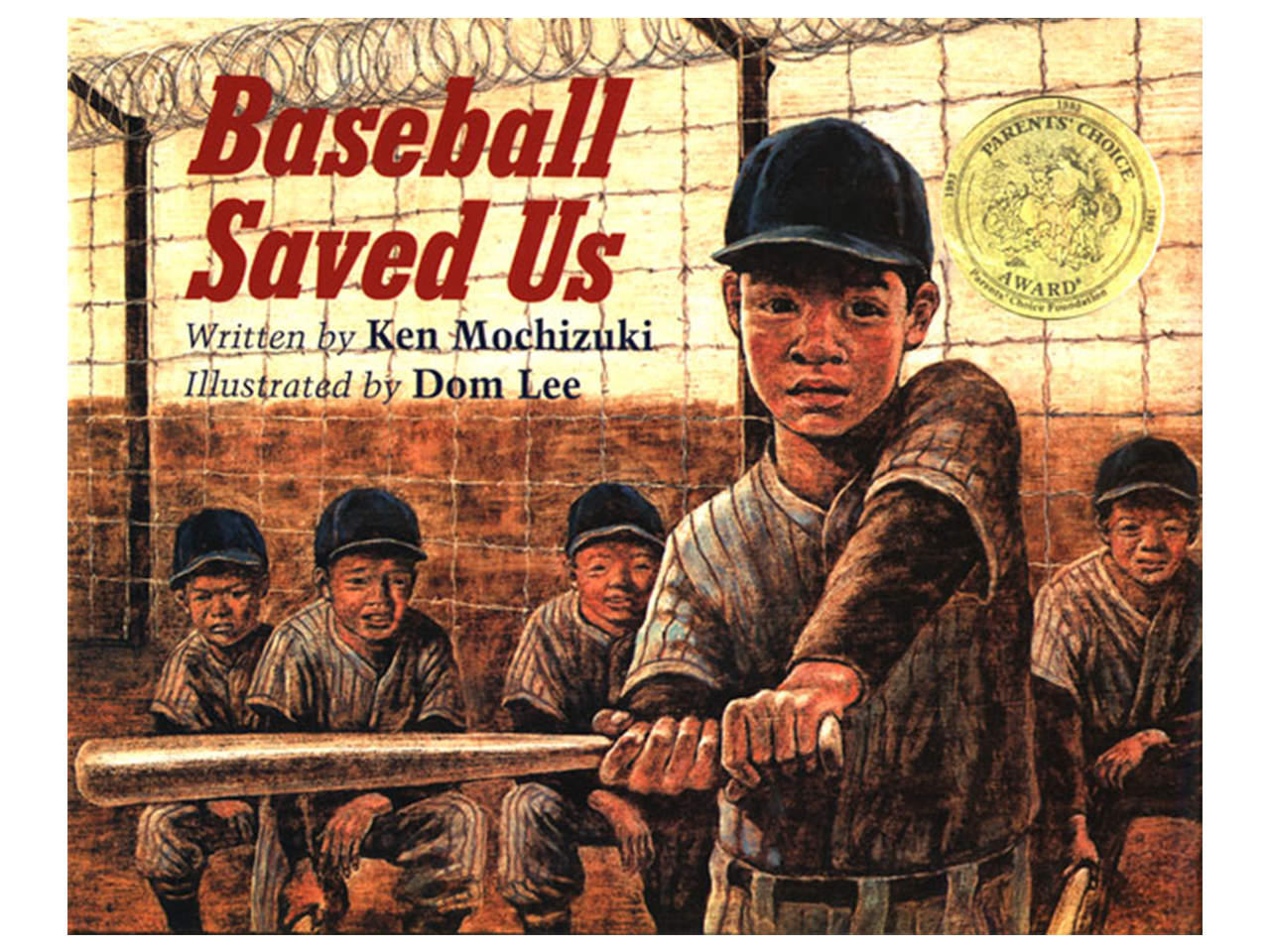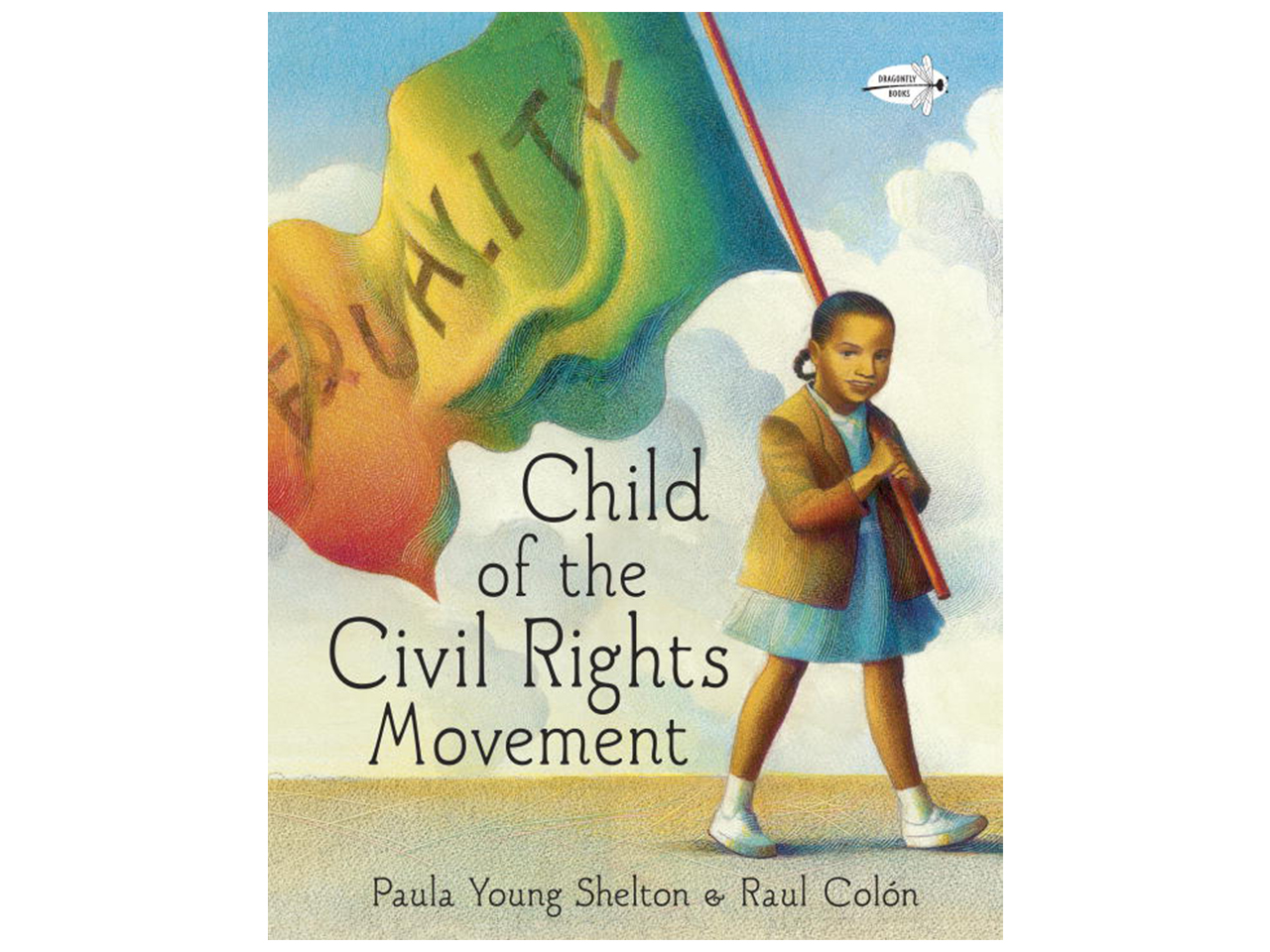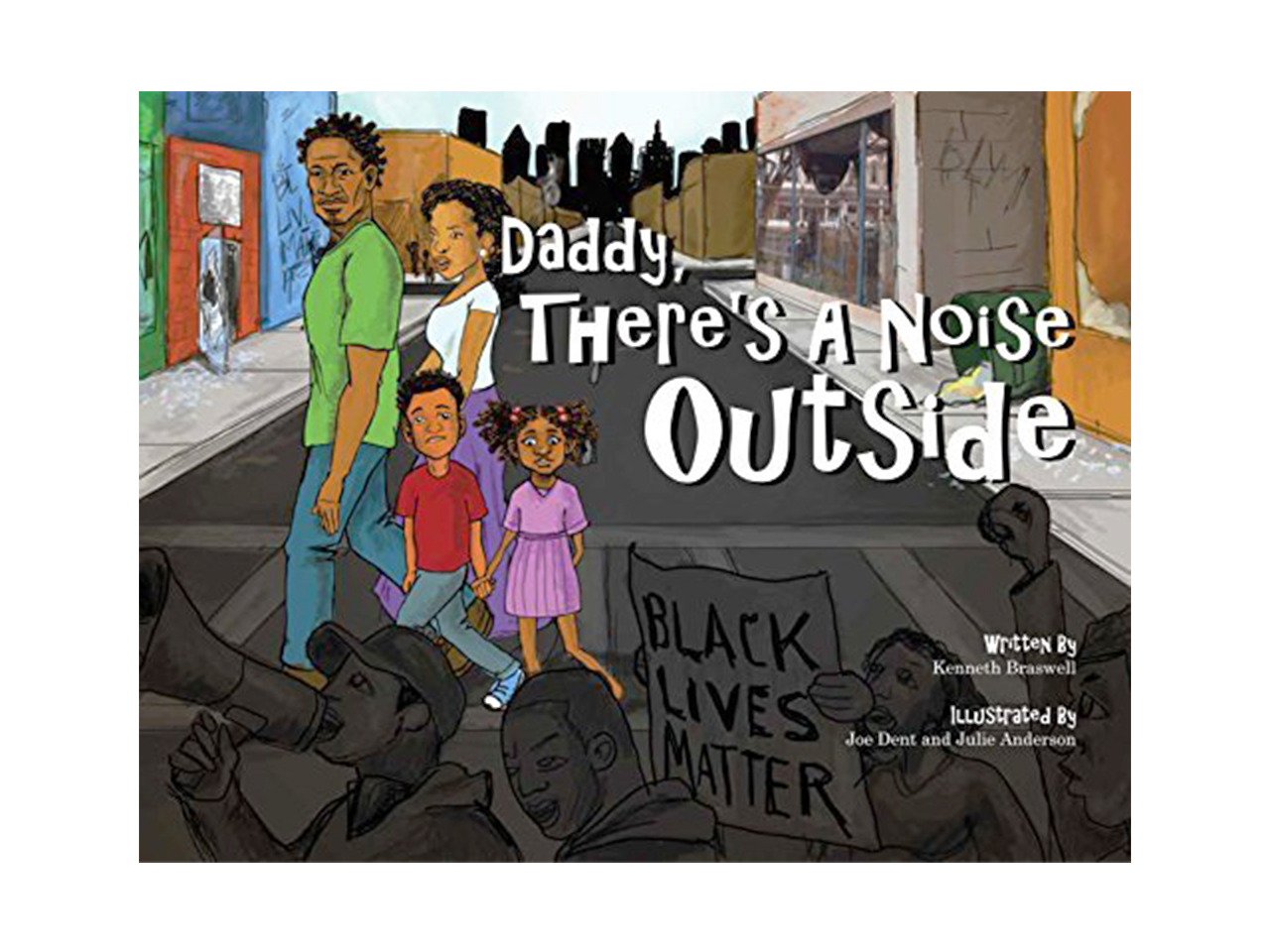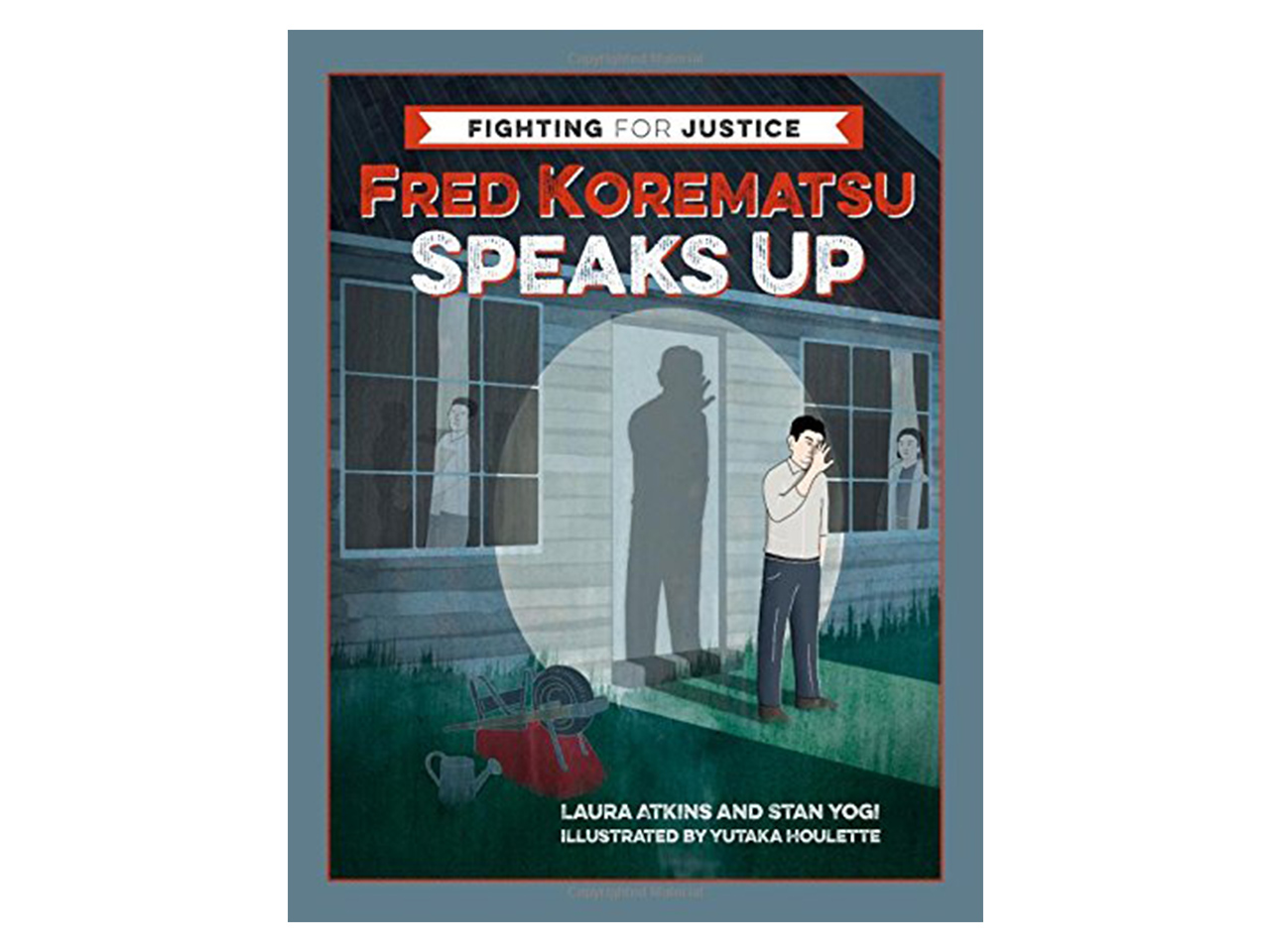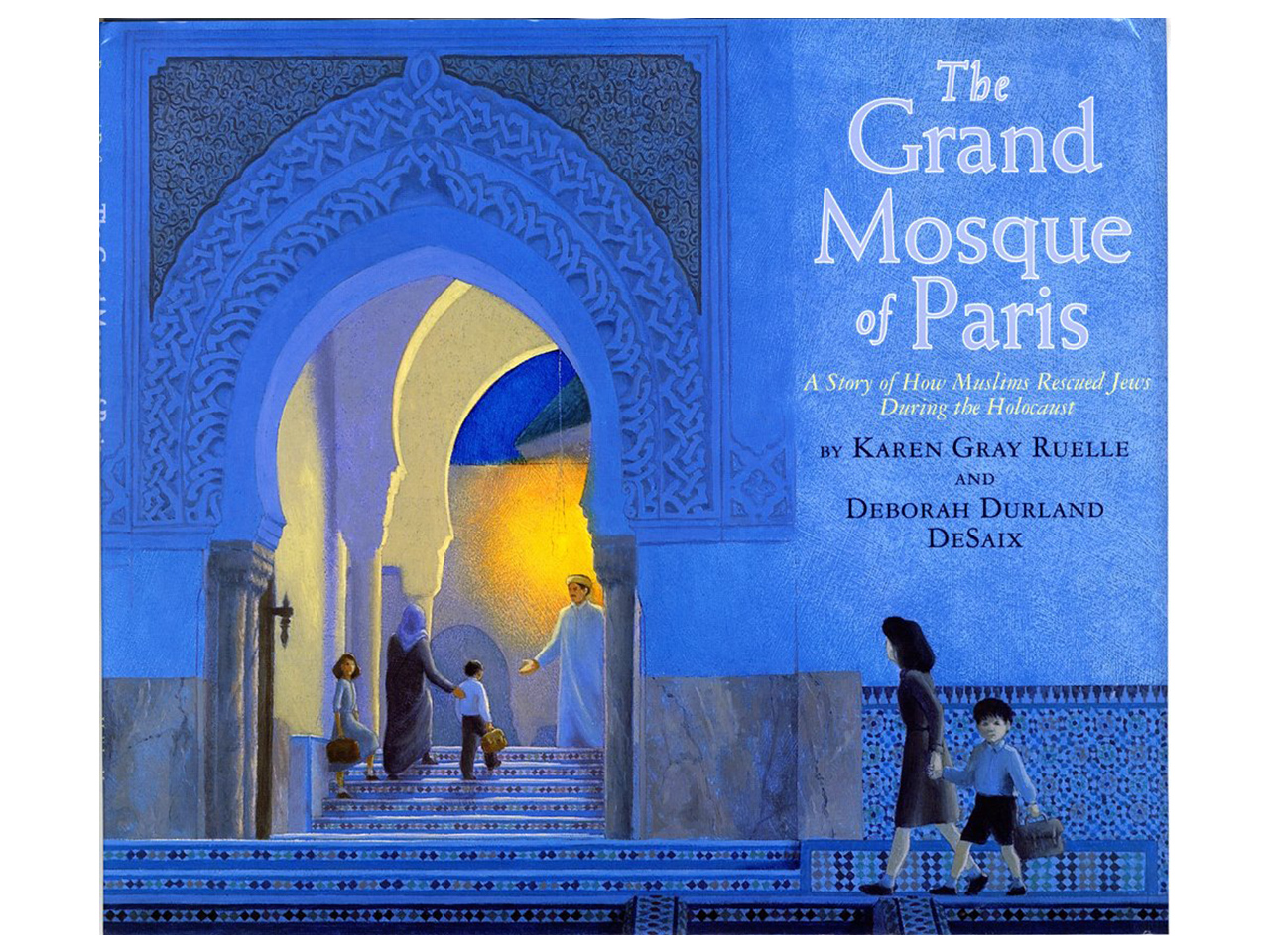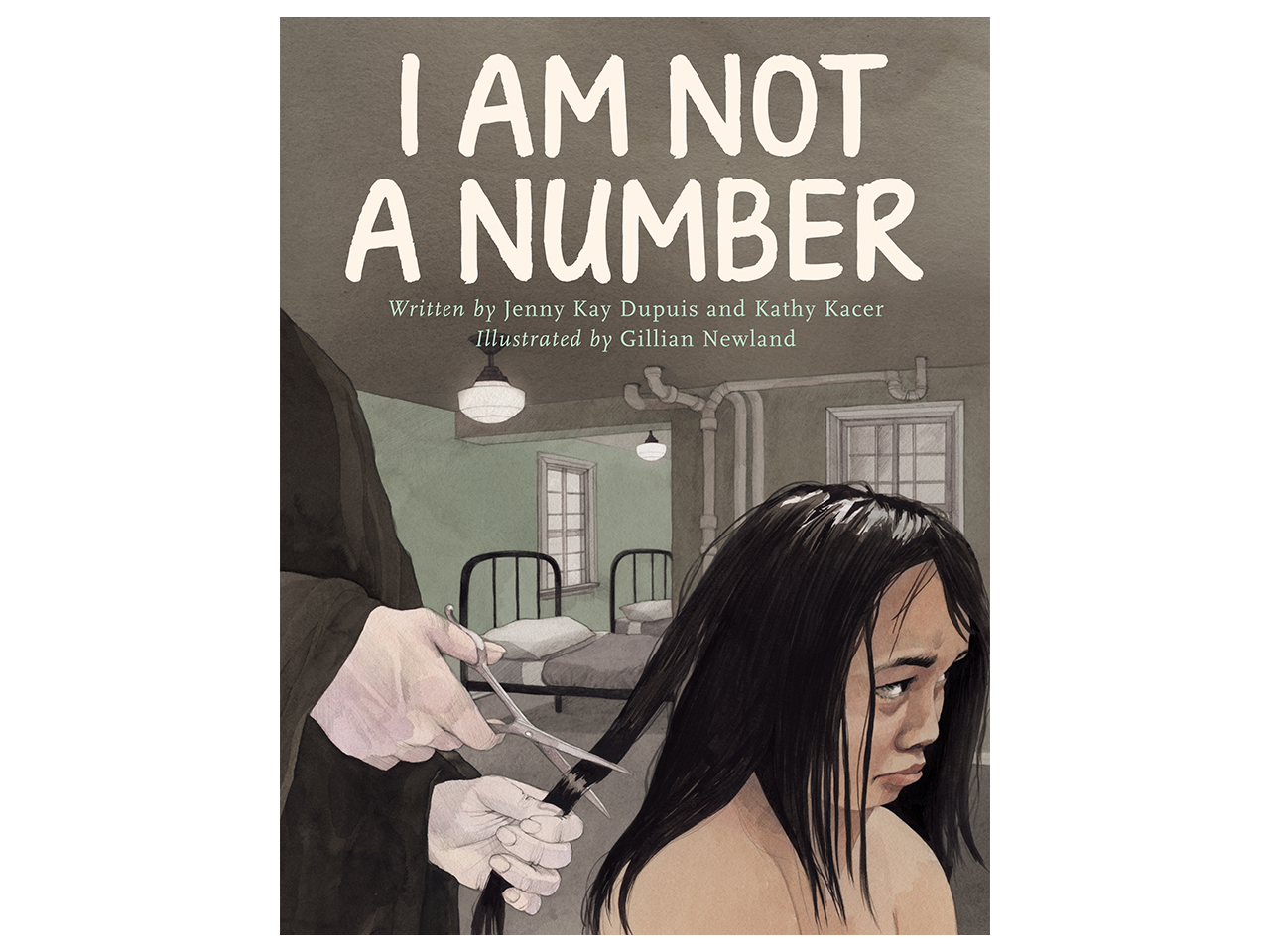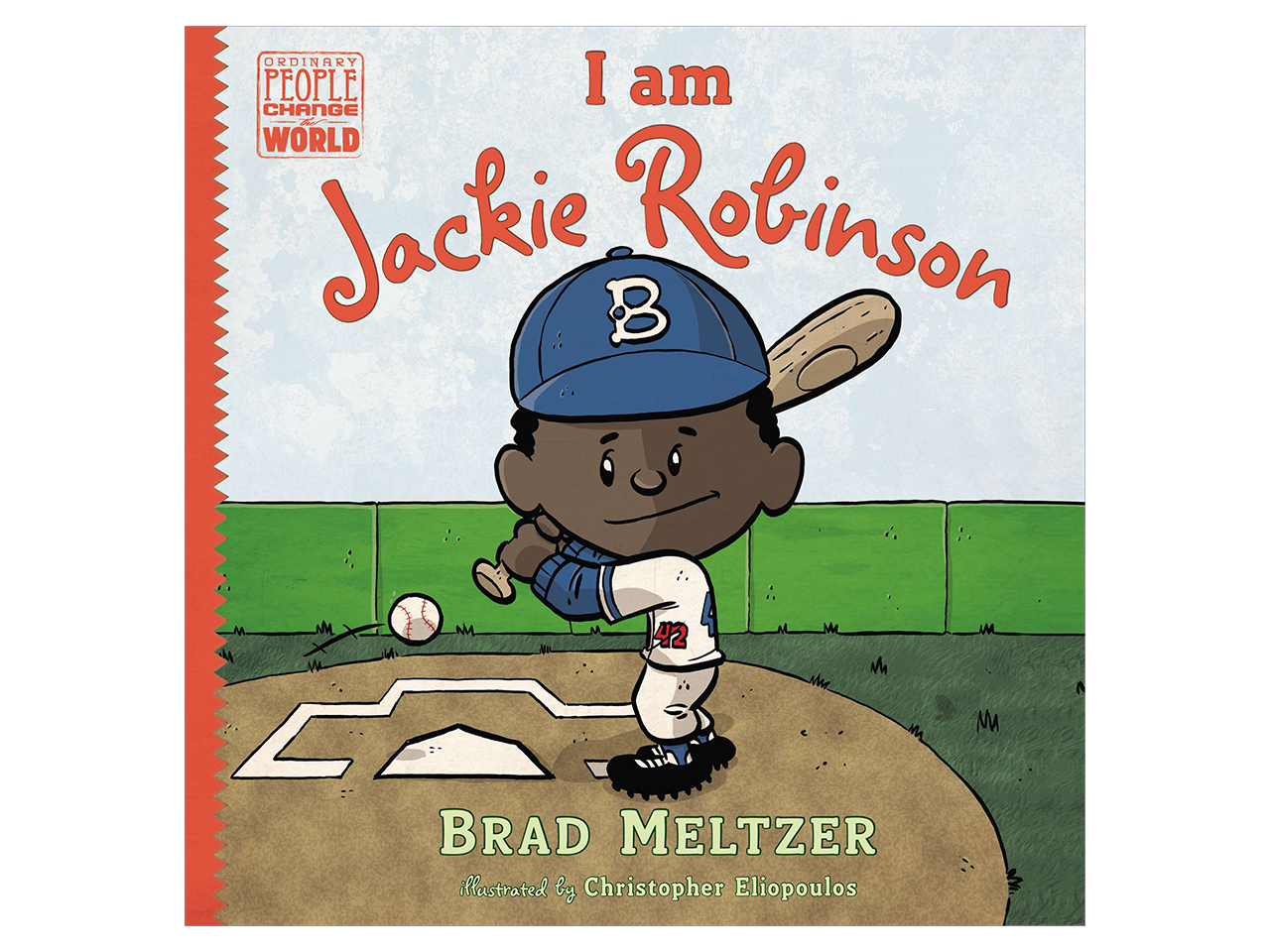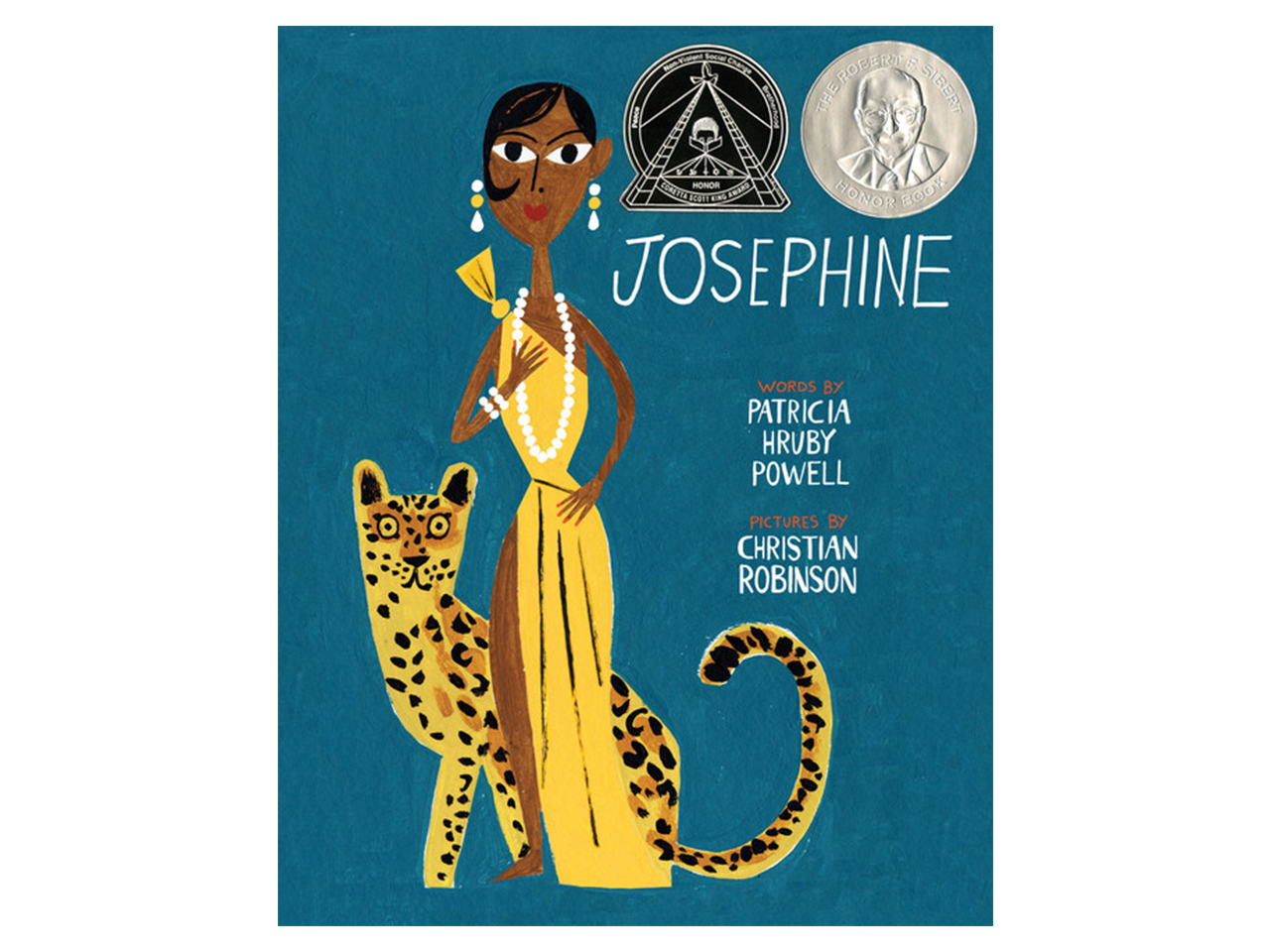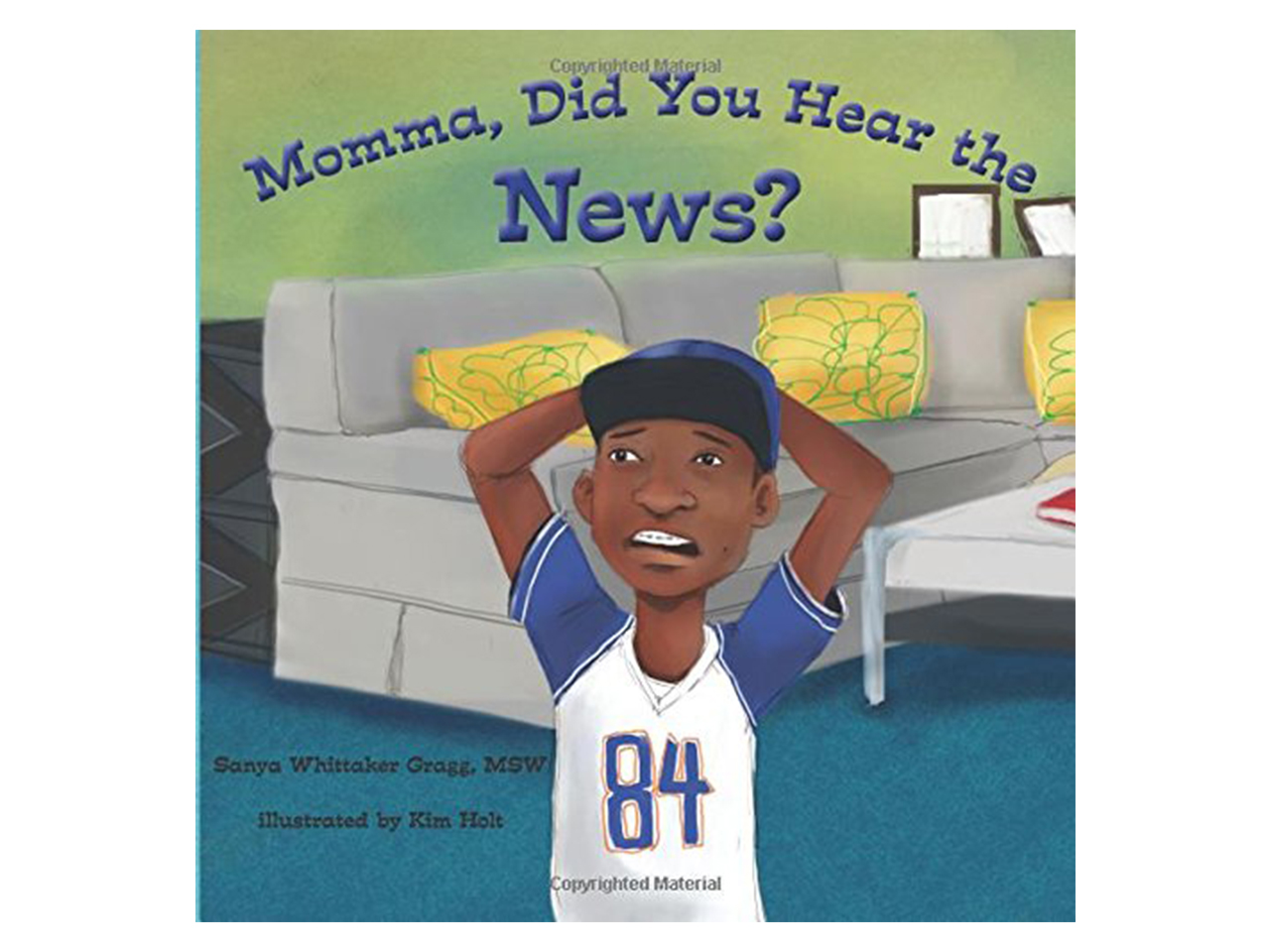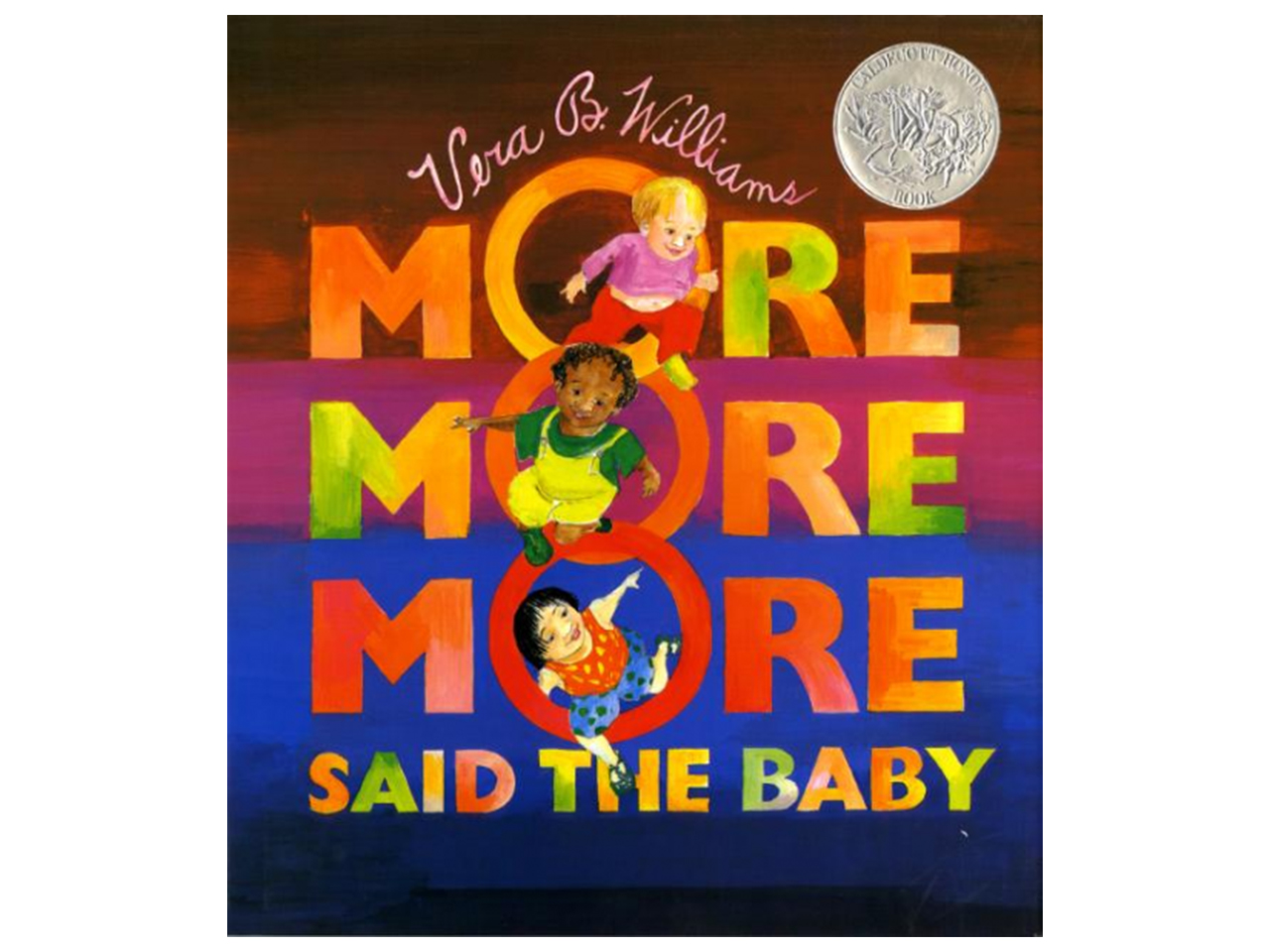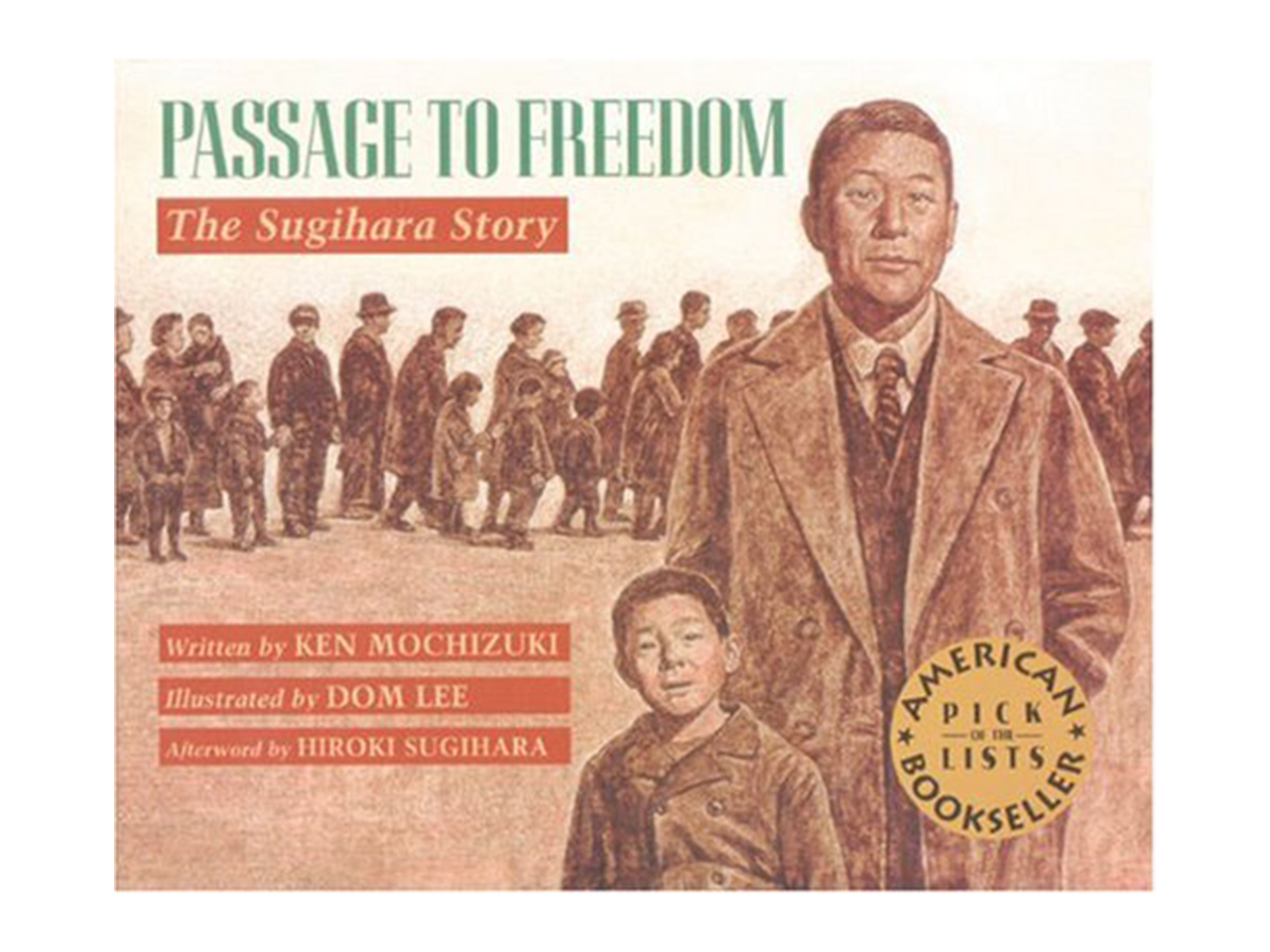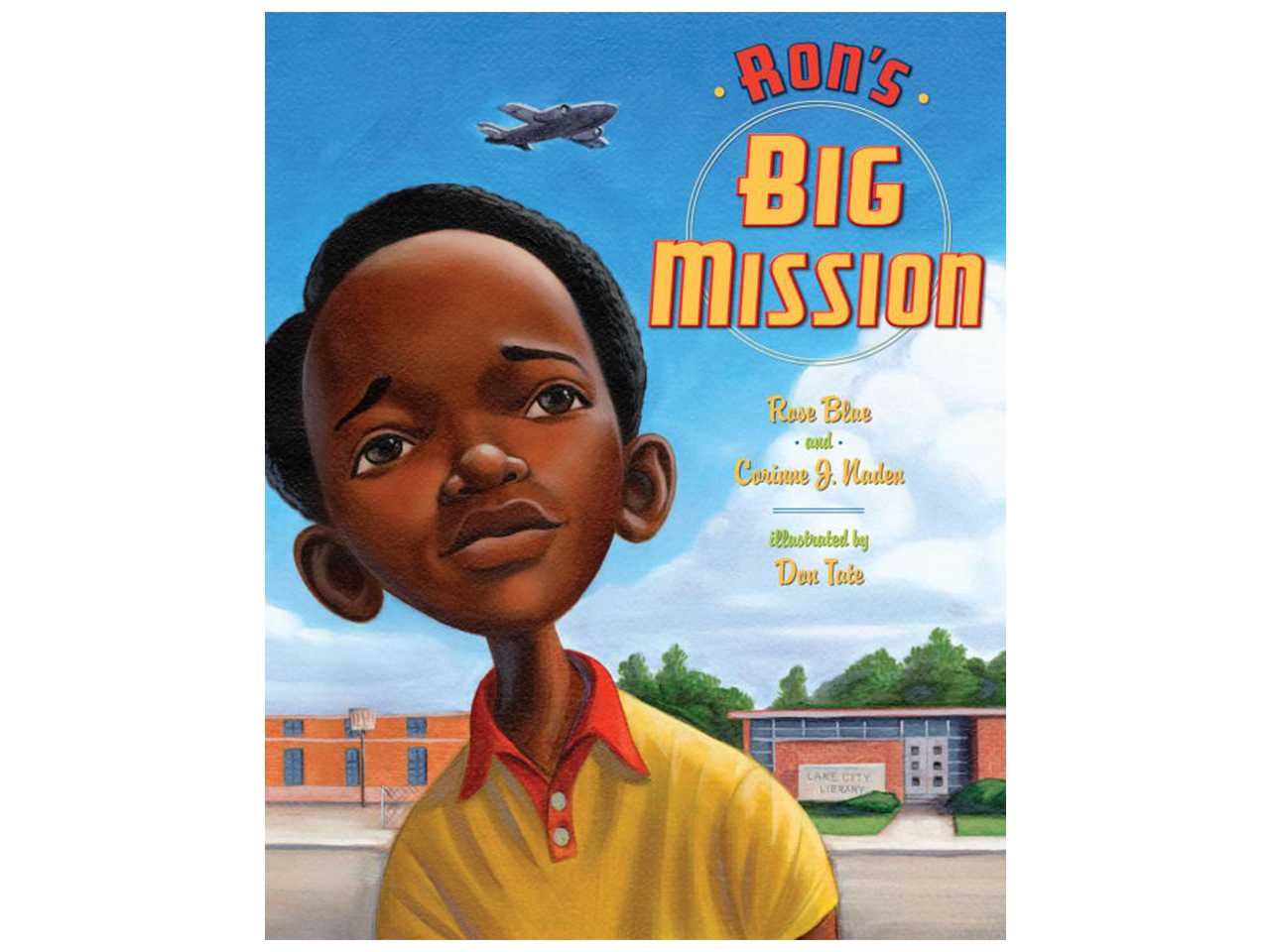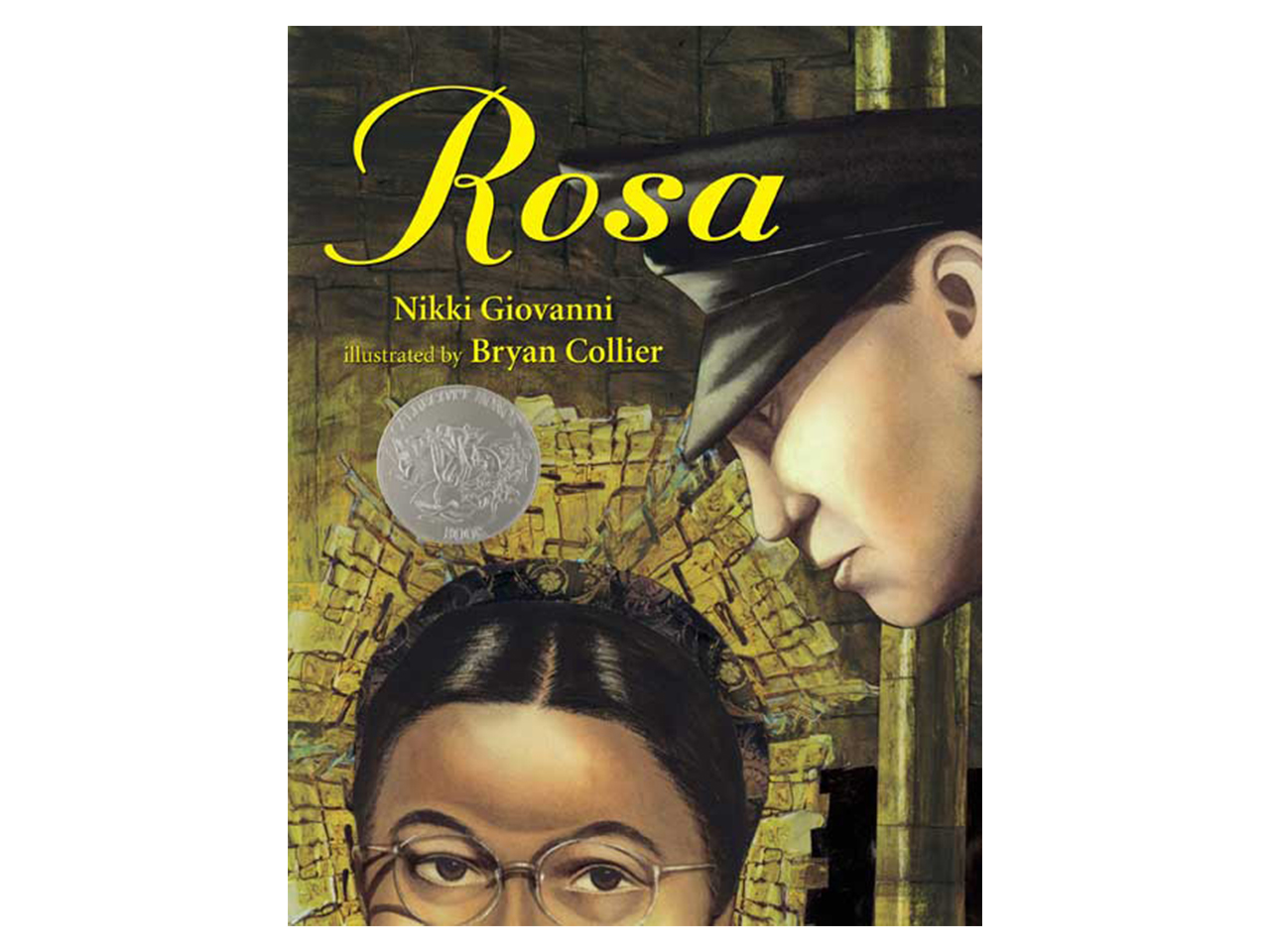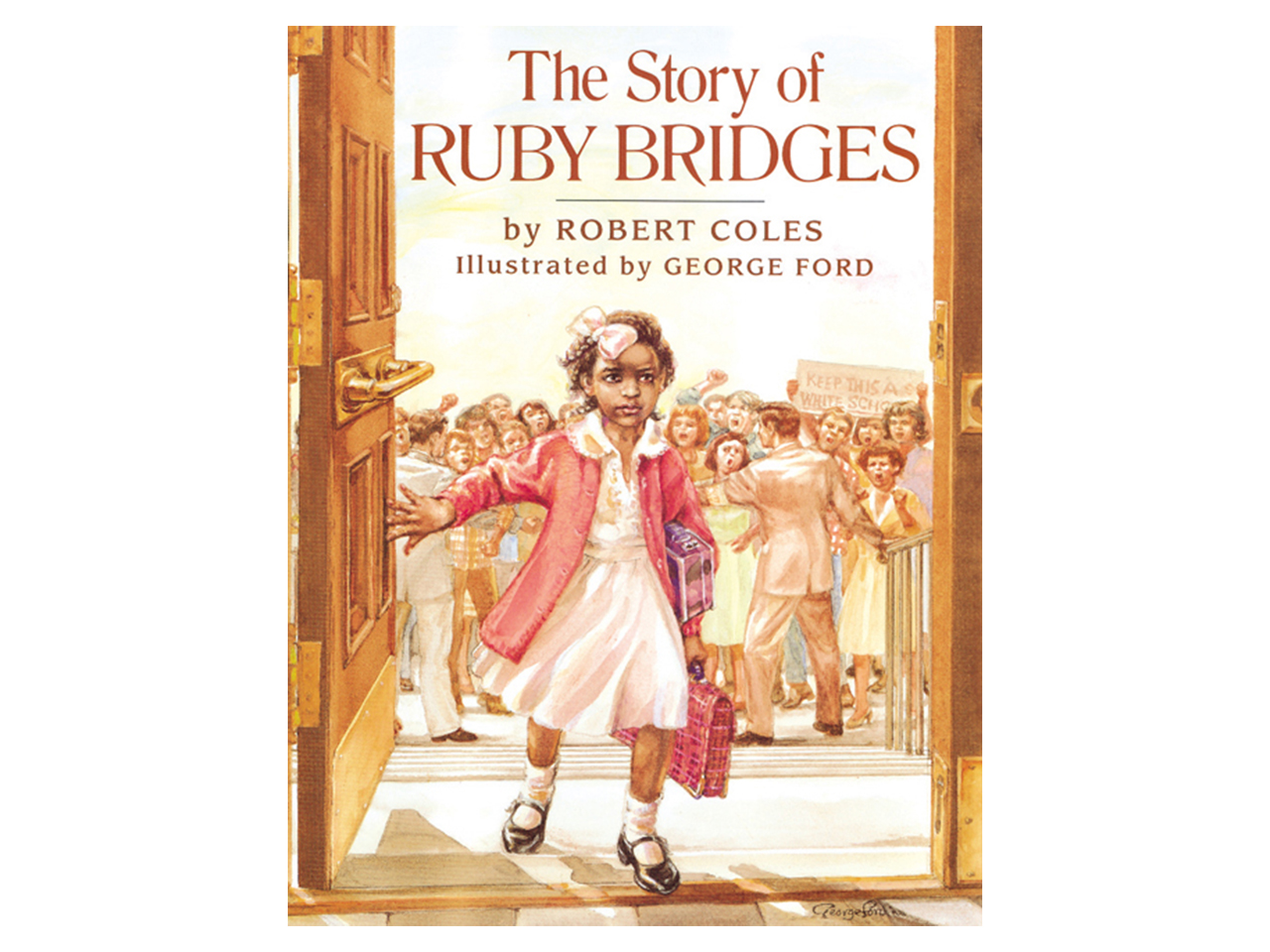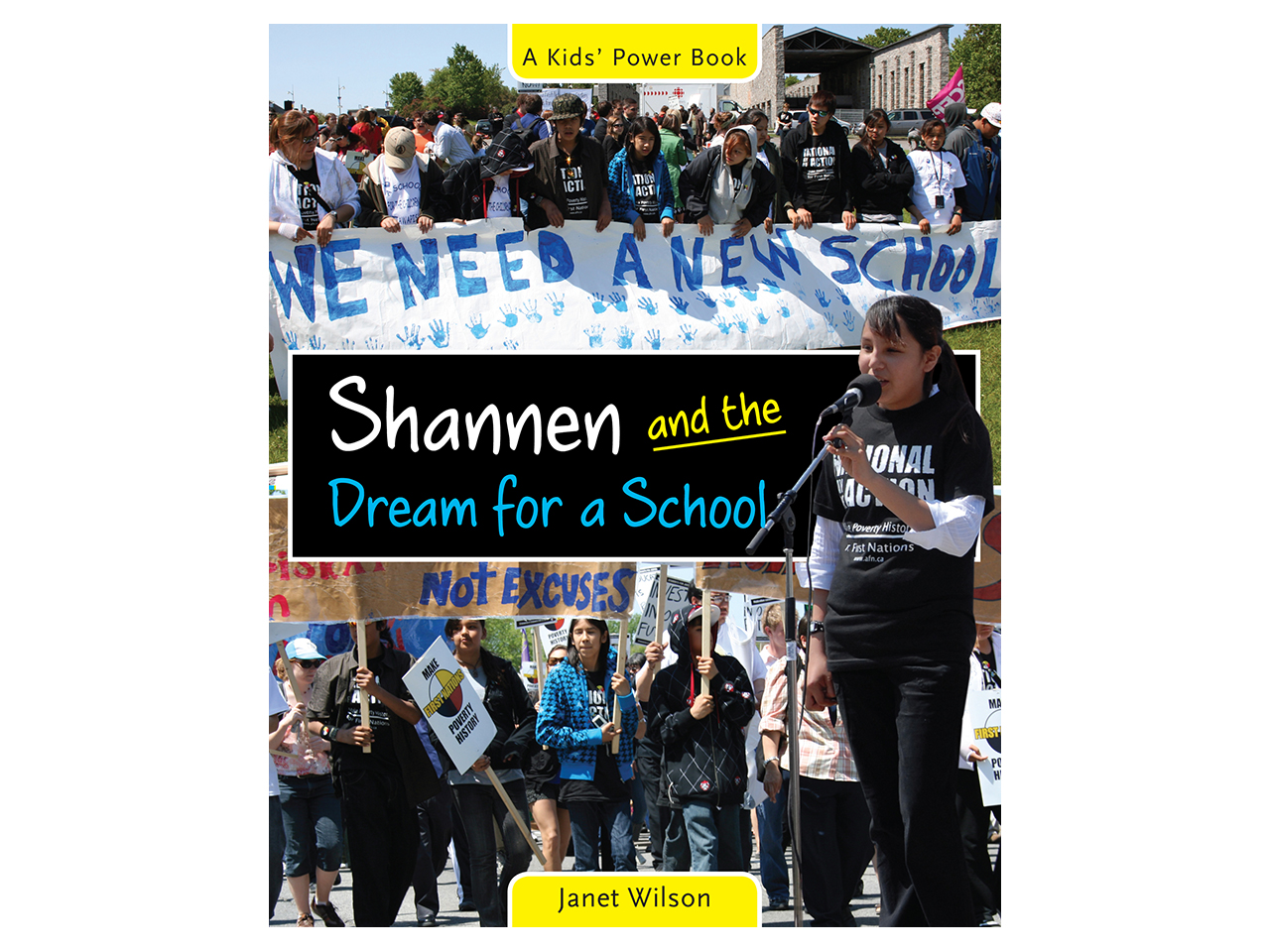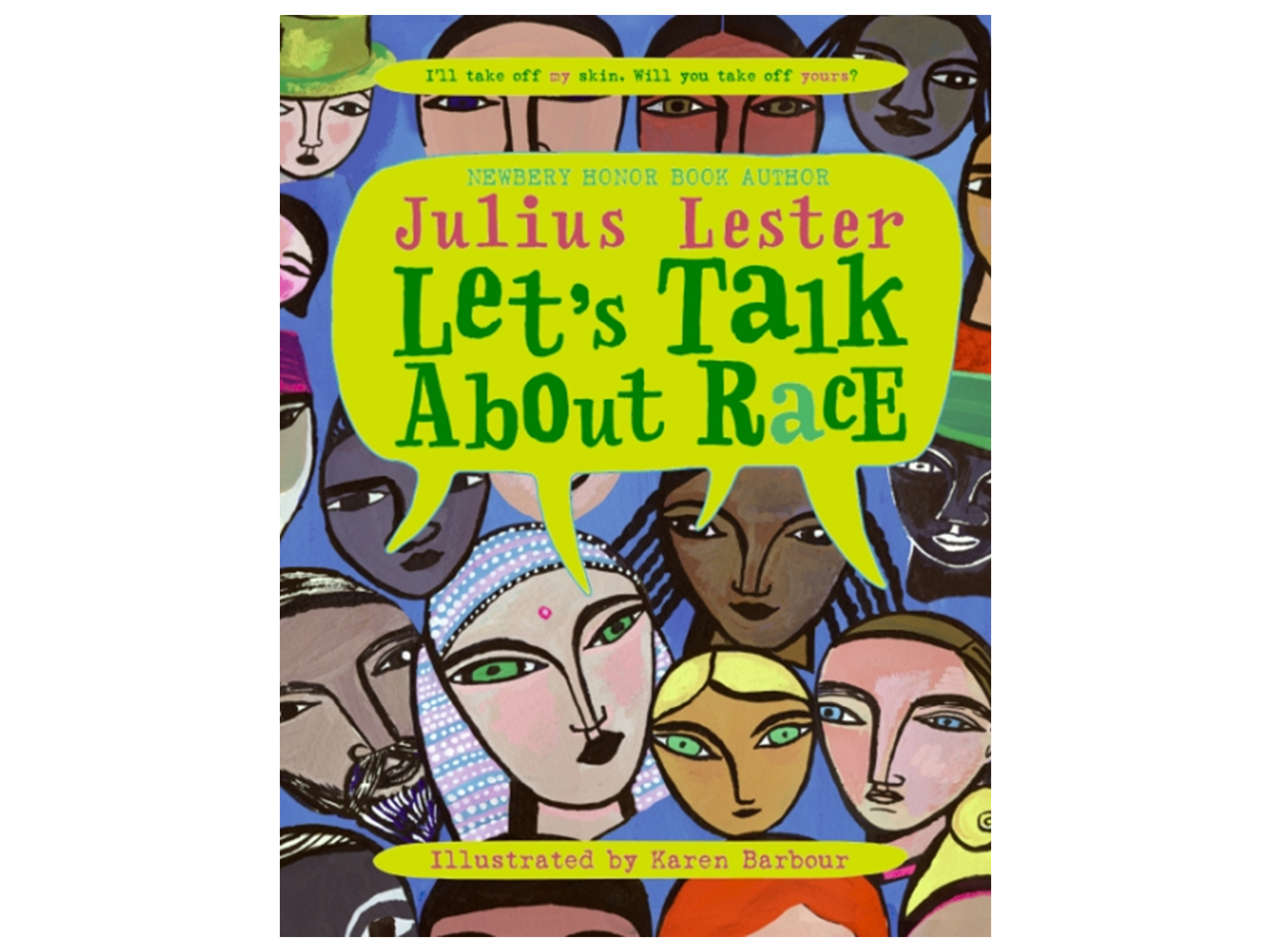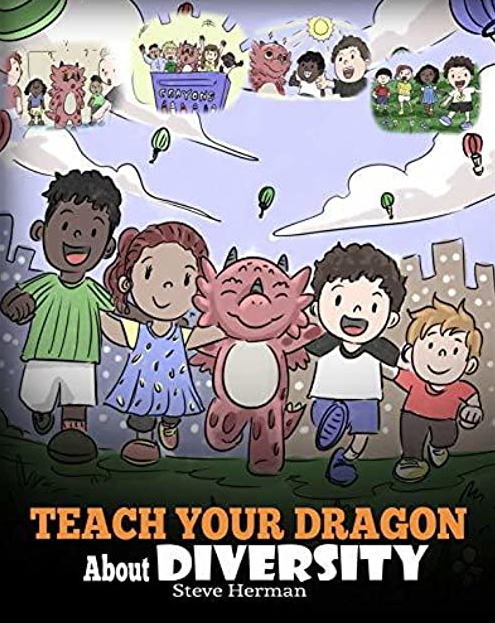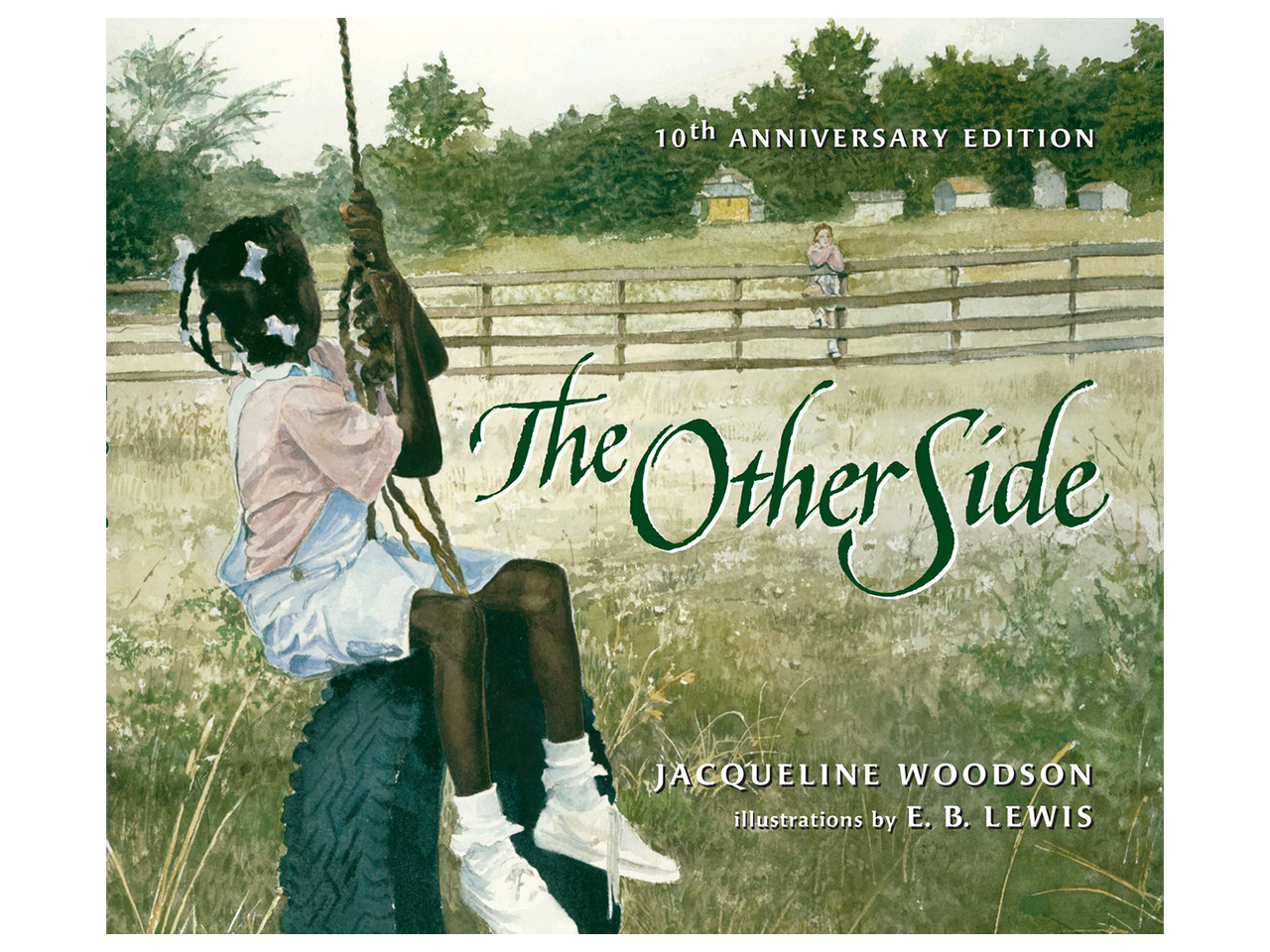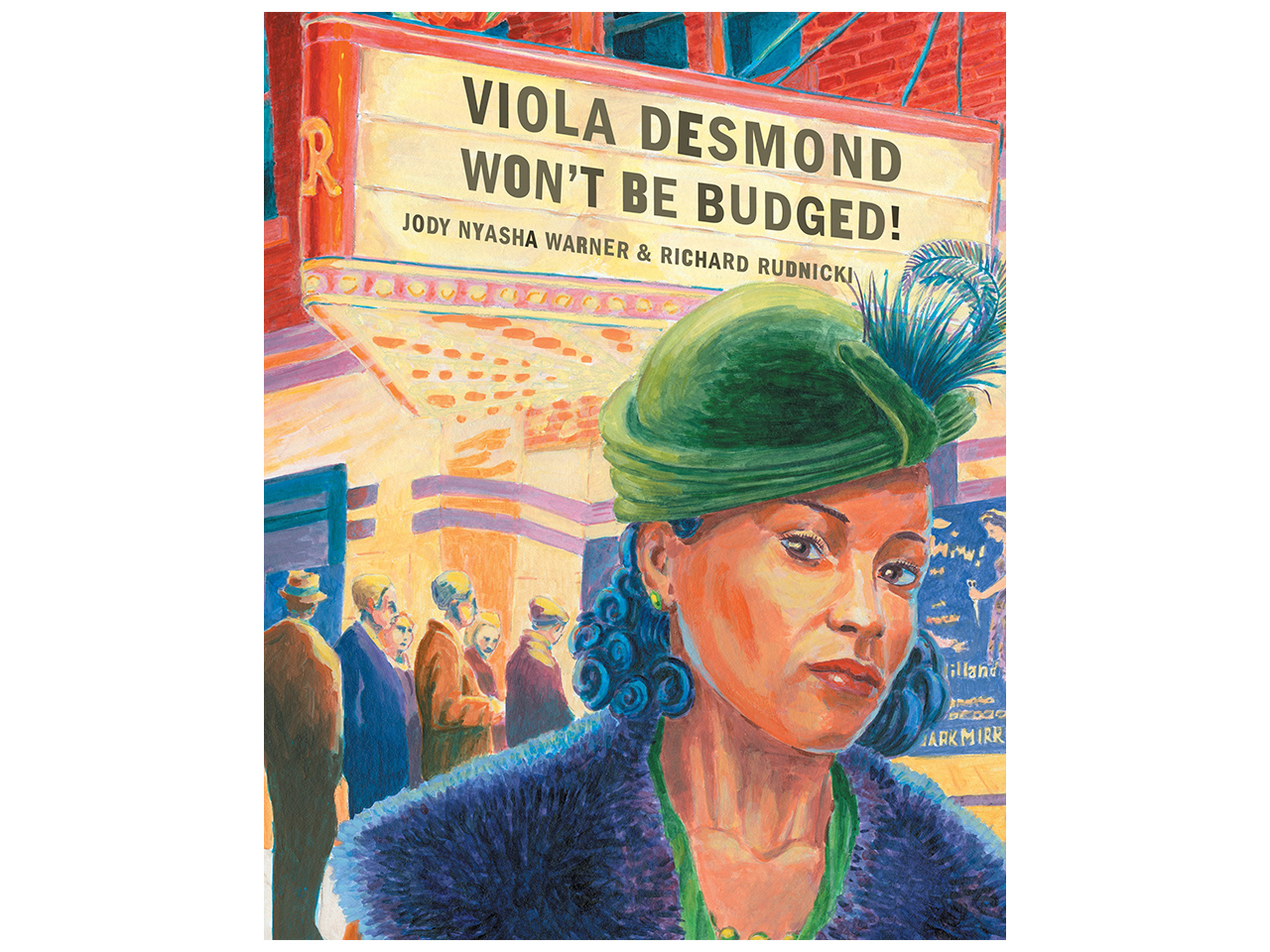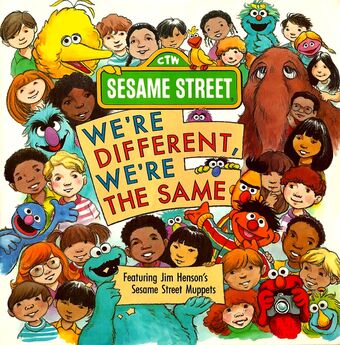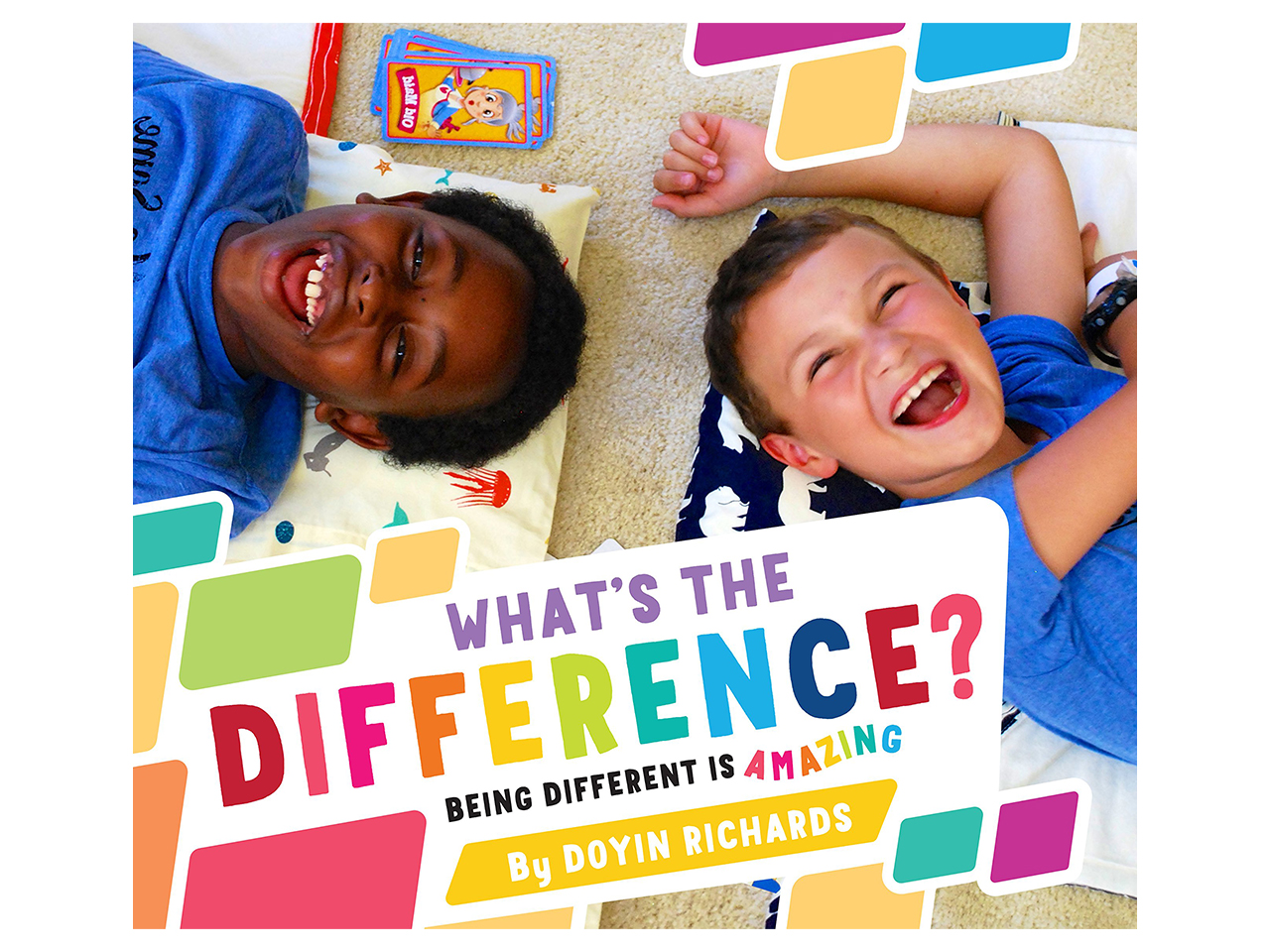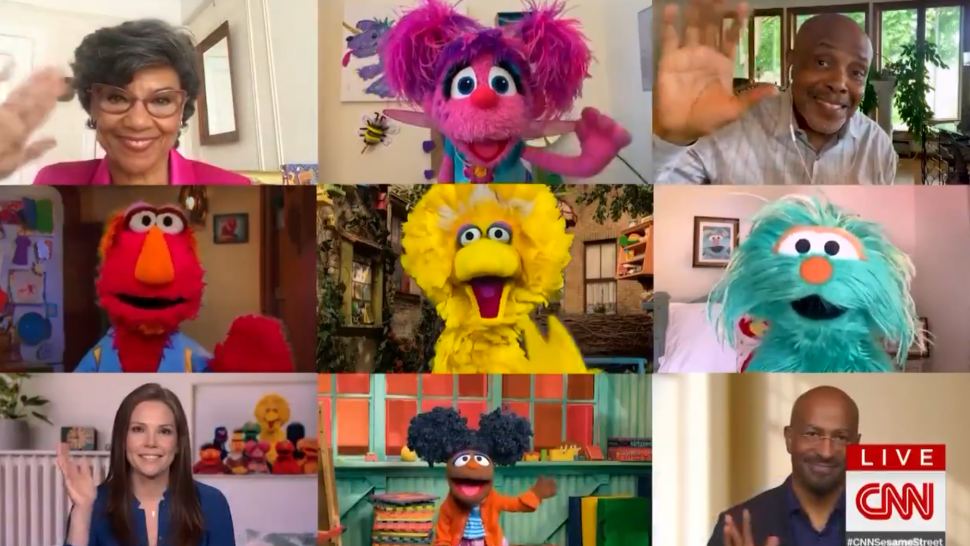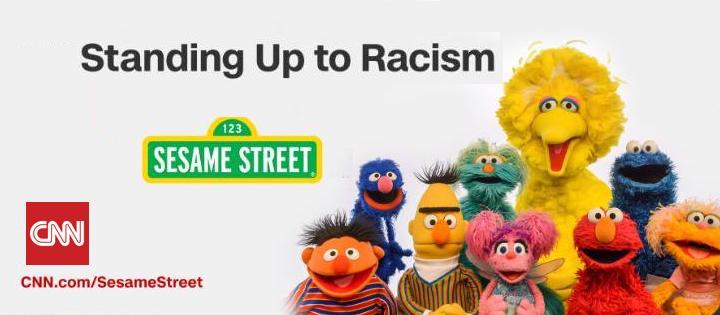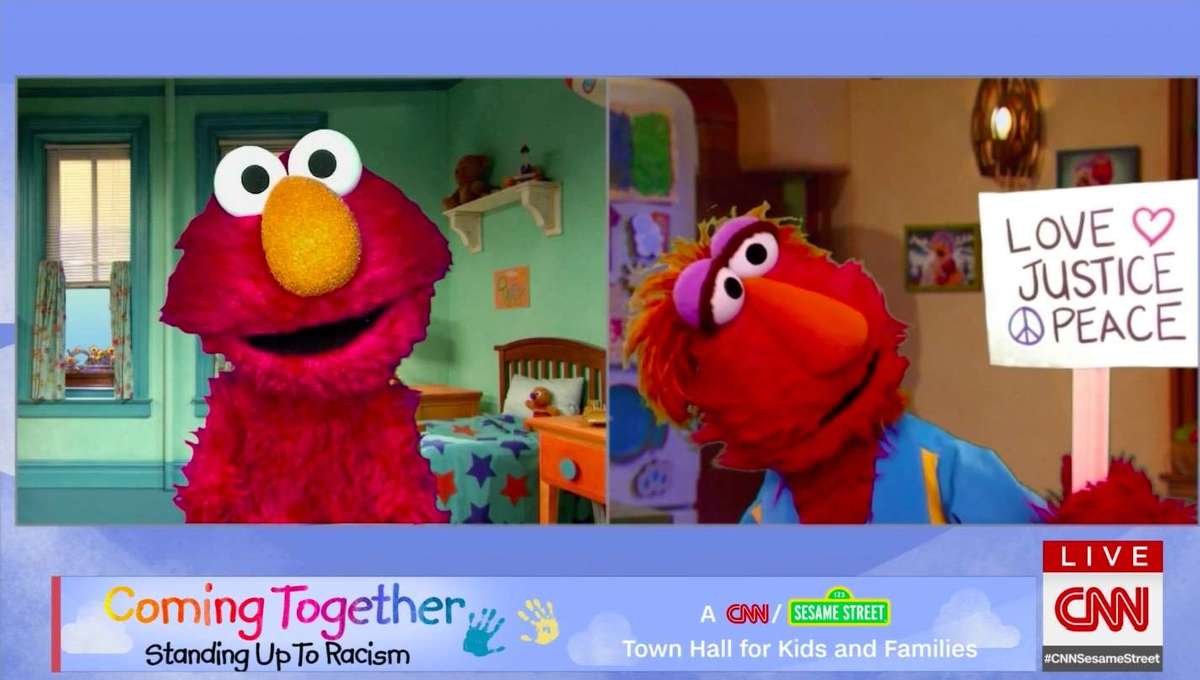Should we tell the children? How?
Those are among the many questions parents are asking after the deaths of George Floyd, Ahmaud Arbery and Breonna Taylor. Many white parents wonder whether to talk with their kids at all, while parents of color swallow their grief and fear to have “the talk” once again.
Family & Children’s Services and other experts in child psychology and race-based stress say these conversations are essential for all parents to have, and they underscore that there are developmentally appropriate ways to talk to children of all ages about racism and police brutality.
Anti-Racism Videos for Kids
Originally published by We Are Teachers.
Elementary school educator, Naomi O’Brien, asks: “How did I become boldly anti-racist? By following my mom’s example. How can you be bold and set an example for your kids and students?”
In a new episode of Home School, The Atlantic’s animated series about parenting, author Jeremy Tisby offers advice on how to have a conversation with children about race, from experiential learning to watching classic animated films.
Sesame Street explores: “What is the color of ‘you?’ Is your skin color tan, light brown, milky white, or dark dark brown? Whatever color you are, be proud and sing along.”
Sesame Street invites children to “…sing along and make the world aware that YOU love your hair!”
In this video, Pop’n’Olly discover what discrimination means and provide a few examples. They also talk about discrimination and the law.
In this video, Ki reads the story Wings by author/illustrator Christopher Myers. They take readers on a fun, animated, and thoughtful journey through the book, leaving time for think alouds and responses from kids. They also include reading strategies, resources, and tips for parents throughout. This resource serves as a full academic read aloud.
It’s been 62 years since Brown v. Board of Education, but the percentage of racially segregated schools in the United States has been growing steadily over the past 15 years. New York has the most segregated schools in the country. This video talks to Bronx 5th graders about what segregation looks like today.
This read-aloud is, as the title suggests, a kids’ book about racism. Inside, you’ll find a clear description of what racism is, how it makes people feel when they experience it, and how to spot it when it happens.
Other Resources
Systemic racism affects every area of life in the US. From incarceration rates to predatory loans, and trying to solve these problems requires changes in major parts of our system. Here’s a closer look at what systemic racism is, and how we can solve it.
act.tv is a media company specializing in next-generation live streaming and digital strategy.
Reduce Stress in Children from Media Coverage
Media coverage of community racial trauma and civil unrest can cause children to experience fear, worry, sadness, confusion, and anger.
Your child can be exposed through a variety of media such as TV, radio, newspapers, the internet and social media. Community racial trauma and civil unrest may include; law enforcement shootings of — and violence towards — African Americans and people of other minority ethnic groups, or community protests responding to these incidents of violence. Protests may be peaceful and orderly or may include violence towards police officers and protesters alike, weapons, tear gas, and military-type vehicles; damaged buildings and burning cars.
While all children can be distressed by this media coverage, children of minority racial groups may be even more impacted. This is because children of minority or racial groups may identify with the people hurt by police, may wonder if they will also be hurt, and may have seen or heard about similar experiences in their own lives.
As a parent, you can help reduce distress caused by media coverage through three main strategies:
- Encourage Dialogue.
- Establish a Sense of Safety.
- Promote Positive Coping Skills.
- Know when and how to get help. If you or your child are feeling overwhelmed or isolated help is available. Call COPES Emotional Support Line at 918.744.4800 or call Family& Children’s Services to make an appointment at 918.587.9471.
This video was developed through a collaboration with the following organizations: University of Missouri Disaster and Community Crisscross Center http://dcc.missouri.edu Center for Child and Family Traumatic Stress at Kennedy Krieger Institute https://www.kennedykrieger.org/patien… Children’s Advocacy Services of Greater St. Louis http://www.stlouiscac.org/ Family-Informed Trauma Treatment Center – University of Maryland http://fittcenter.umaryland.edu/
Talking With Children About Racism, Police Brutality and Protests
Source: Dr. Laura Markham (Dr. Laura Markham earned her Ph.D. in clinical psychology at Columbia University, is the author of three books for parents, and has worked as a parenting coach with countless families across the world. Dr. Laura writes free weekly coaching posts via email. You can sign up on any page of her website, AhaParenting.com, which serves up Aha! Moments for parents of babies through teens. Dr. Laura’s aspiration is to change the world, one child at a time, by supporting parents.)
If we want to raise our children to be compassionate people who participate as responsible citizens in a democracy, we need to find ways to talk with them about the thorny issues that we struggle with as a country. Race, fairness, and how to create change in a democracy are three of those issues. I don’t think there is ever one conversation about such a big issue; I think we need to talk repeatedly about these tough issues on an ongoing basis as they arise. Sometimes current events will create the opportunity or the need for such discussions; sometimes our personal lives will. But if we want things to be different in the next generation, we need to begin those discussions in our homes.
Below, I’ll give you an age by age guide to talking with your kids.

Because we as adults struggle with these issues, we will often find ourselves struggling to know how to talk to our children about them. But that doesn’t mean we don’t have a responsibility to do so.
You’re right that we need to talk about this differently with children of different ages and races. Unfortunately, the experience of racism is a daily occurrence for families of color, so it’s a frequent discussion in many African American and Hispanic homes. I’m not the person to give advice on that conversation, but I want to acknowledge how heart-breaking it must be to have to explain to your child that the color of his skin means he may not be treated fairly by our society, that he runs even the risk of death if he happens to be in the wrong place at the wrong time.
It would be facile–and just plain not true–to say “Stay out of trouble and you’ll be fine.” It’s easy to give examples of unarmed African American men who have been killed during encounters with police; George Floyd is only the most recent. Cory Booker, US Senator from New Jersey, was my son’s age when he graduated from Stanford, was honored as a Rhodes Scholar, and later ;was jumped by six police officers with their guns drawn. They held him for half an hour as a dangerous criminal, barking at him “I said don’t move!” while he was praying and shaking. My children, who are protected from such situations because of the color of their skin, would have been shaking and praying too, but would probably have tried to assert their rights. Booker didn’t dare to do so.
White families often ignore the issue of racism because it makes us uncomfortable, and because we assume that it doesn’t affect our children. But racism dehumanizes all of us. We can only end racism by talking with all of our children about how it unfair it is, by admitting that all of us have a tendency to judge people based on appearance, by pointing out the terrible cost to people of color but also to our entire society, and by teaching our children that treating all people fairly matters.
Many white parents talk about heroes like Rosa Parks and Martin Luther King, and about slavery. We also need to talk about institutionalized racism and about privilege. These are tough issues to discuss, even with adults. So maybe the easiest way to teach children about them is with stories. So, for instance, my son told me today that he remembers a time when we ran to catch a bus, when he was ten. After we got on the bus, I told him that African-American friends of mine had forbidden their son to run in public, even to catch a bus. They were afraid that a police officer would assume that he was running from a crime and should be apprehended. (Former Attorney General Eric Holder tells a story of how this happened to him when he was already a federal prosecutor.) This evolved into a discussion about privilege, which he remembers ten years later. Of course, over the years that ongoing conversation was amplified by my children’s own experiences, such as learning that their of-color friends were sometimes stopped and searched by police officers, when neither of my children were ever searched.
So how can parents talk with our children about these recent incidents? Obviously each parent will have a somewhat different perspective, so what we choose to say might be different. As I’ve said, I won’t presume to give advice to families of color. I can only tell you what I as a white psychologist would say to my own children. Let’s take this by age.
Toddlers
Toddlers’ brains are rapidly developing in response to their environment and are highly sensitive to scary images and situations. So toddlers should never be exposed to TV news. I would not recommend talking in earshot of toddlers about any upsetting issue, even if you assume they won’t understand. Toddlers are acutely sensitive to our tone of voice and are easily alarmed.
However, it’s important to remember that toddlers notice race and are drawing conclusions about everything, including race, all the time. They notice social status. They notice their parent’s cues, such as friendliness or stiffening up when someone approaches. They look to parents to “approve” when someone initiates at the playground. So notice your own reactions that may be influenced by race and what cues you’re giving your child.
Preschoolers (ages 3-5)
Preschoolers notice race, and it’s important to have ongoing discussions with them about race, fairness, and standing up for what’s right. For instance, you might mention that schools in affluent (more likely to be mostly white) neighborhoods have more money than schools in neighborhoods with more children of color, so they can build better playgrounds: “That’s not fair, is it?”
But preschoolers are still too young to feel safe in the face of grownups clearly being out of control, which is why they should be protected from TV coverage and scary household conversation about current events. If your child asks about the current news events, ask her what she has heard.
Then give basic facts. For example:
“A police officer was arresting a man named George. He pressed his knee onto George’s neck for a long time and it killed George. The officer was very wrong to do this. Many people are upset about this, because they think that this would not have happened if George was not African American. It is much more common for police officers to hurt and kill people of color. That’s why many people are protesting to show how unfair they think this is.
Some of them are so angry that they are destroying property, including attacking police stations. Naturally, that’s threatening to the police departments, who are using force against the demonstrators. And many police officers are angry that they are being criticized, so some are misusing their power and hurting demonstrators, even when the demonstrators are trying to be peaceful in their protests.”
Preschoolers see conflict in simplistic terms. They know that bad guys often get killed by good guys, who in movies are often shown as police officers, and they so they may ask you who was the bad guy. My answer would be: “When people are hurt inside and don’t know how to heal themselves, they sometimes do bad things like hurting other people. This police officer killed a defenseless person, which is against the law. And (in the case of George Floyd) then the police tried to hide what had happened. As you know, it’s never okay to hurt someone’s body, and if our friends do something wrong and hurt someone, it’s our job to stop it–not to lie about it.”
I would use the opportunity to ask your preschooler how they feel when they get angry. Explain that when a person gets angry, we think we’re right and the other person is wrong, and we want to lash out. But when we’re angry, we aren’t thinking clearly. Later, we are often sorry if we have acted on our angry impulses. Because the police carry weapons, they have a special responsibility to be very careful not to hurt other people, even when they get mad.
If your child asks why people are protesting, you might say something like “The police officer was white, and George was black. Some people think that the officer would not have killed George if he had been white. That would be terrible, right? That maybe if he had not been African American, the officer might not have killed him? Naturally, that makes people very angry, and they are marching to say this needs to change.”
For your child’s emotional well-being, it’s important to close the discussion with hope: Most police officers want to “protect and to serve” (the police motto in the US) and don’t want to hurt anyone. Change is possible, many people are working to make things better, progress is slow but real, and there are things they can do to help.
It’s also important to reassure your child that she and the rest of the family are safe. I realize that in an African American family in this country, it can feel hard to reassure a child that everyone will be safe. I can only advise parents to calm themselves before talking with very young children, so as not to unwittingly communicate their own fears.
I would close with something that preschoolers grapple with every day: Violence is not the way to solve problems between people. “This is a terrible tragedy. That’s why it’s so important that we use our words instead of hitting or hurting when we’re mad.”
Elementary (ages 6-9)
Children age six to nine are old enough to hear about what’s happening from friends or online, so you’ll want to ask what they’ve heard and open a discussion about it. They’re also old enough to talk about all the issues here: race, guns, protests.
BUT obviously you will have to tailor your explanation to your child’s developmental understanding. Your child may seem very sophisticated, but research shows that elementary schoolers do have nightmares in response to new reports because the news shows them a world that’s scary and chaotic. Reading the newspaper together is educational, but I would shield even a nine-year-old from TV news, which is purposely sensationalized to be scary.
Calm yourself before speaking with your child so your own outrage and fear doesn’t scare your child. Always reassure your child that he and the rest of the family are safe.
With all ages, start by asking your child what he’s heard. Listen to his answers before jumping in to explain. Repeat to be sure you’ve understood. It’s okay to say you don’t know in answer to a question — you can tell your child you need to research that question and you will let them know what you find out. (Given the inflammatory nature of news on the internet, it’s usually best to do some research before looking online with your child.)
Give the basic facts as you understand them. For example:
“A police officer in Minneapolis was arresting a man named George Floyd. After Mr. Floyd was in handcuffs, the officer pressed his knee onto Floyd’s neck for nine minutes and it killed him. That is called “deadly force” and it can only be used if the officer or someone else is in danger — otherwise it is illegal. So since Mr. Floyd was already in handcuffs, the officer was very wrong to do this, and it killed Mr. Floyd……
It’s a terrible thing, but young black men are 20 times more likely to be hurt by police than young white men. One of the reasons for that is that many white people, including police officers, assume that an African American man might have done something wrong, more often than they assume that about a white man. Police officers also sometimes assume that they can use illegal force against an African American person and get away with it, when they wouldn’t do so to a white person.
Many people are very upset about this incident and the many other times that something like this has happened, so they are protesting to stand up against the unfairness and to demand change….
Unfortunately, many police departments are not handling the protests well. Many are frightened of being attacked. Some of them are responding with violence, even to protesters who are not being violent. There are many accounts from reporters who have seen police officers assault peaceful protesters…
But you should know that there are some police officers who are showing solidarity with the peaceful protesters by taking a knee (kneeling) in memory of George Floyd.”
Your child may wonder about the protests. I would use the opportunity to talk about how change happens in a democracy, and about the long and respectable history of peaceful protest and civil disobedience which has created change in the face of entrenched power structures. Your child may already have heard about Gandhi and the Civil Rights Movement, but together you can google other examples. You can also note that it was the protests about George Floyd’s death that prompted the arrest of the officer who killed him. You’ll want to talk about how when people get angry they may want to destroy things, but violence always makes things worse.
I would take the opportunity to talk about safety in a few ways here:
- If a police officer tells you to do something, do it immediately. Police officers are not always right by any means, and they can be challenged in court after the fact. But the law does not give you the right to challenge them in that moment, so you have no power in the situation.
- Toy guns can look just like real guns. Some young people, even kids, have been shot by the police when the police thought their toy gun was real. It is never okay for you to take any gun, even a toy gun, out in public. If you want to play guns, make a pretend gun out of a stick.
- Guns are very dangerous. Never touch a gun, and if anyone shows you one, leave the room immediately.
- Violence is not the way to solve problems between people. “This is a terrible tragedy. That’s why it’s so important that we use our words instead of hitting or hurting when we’re mad.”
Always end the discussion positively. Reassure your child that they and the rest of the family are safe. Assure them that change is possible, that many people are working to make things better, that progress is slow but real, and that there are things they can do to help.
It’s important for children to think they can make even a small difference in addressing the injustices they see. In the next section, there are some ideas on taking action that your child may find inspiring.
Preteens and Teens
With Preteens and Teens, you can go into even more depth with ongoing discussions, and you should. Read over the information about younger kids to get ideas about how to frame your discussions. Share information and ask questions, beginning with:
- How can we make sure that deaths like George Floyd’s don’t happen?
- Martin Luther King, Jr., said “A riot is the language of the unheard.” What do you think about that?
- If you were in charge in a city and people were outraged and protesting, what would you do?
- What do you think the responsibility of the police is in a demonstration? For instance, one video shows a man with his hands up in a surrender pose holding his press ID. The police responded by holding him down, pulling off his face mask, and spraying him in the face with pepper spray. Do you think that was the right thing to do? Why or why not? What should the police officer have done?
- When something unfair happens and people are very angry, does it make sense to react by attacking the police department building? What about looting a nearby store?
- Can you think of examples of our individual or group actions and perceptions being shaped by racist ideas that we might not even notice?
Preteens and Teens are exploring their identities, working out how they fit into the world, and how they can make a contribution. Taking positive action to address problems they perceive and make the world a better place helps empower teens and keeps them from becoming cynical. Talk with your child about how he or she can take a stand against racism. Brainstorm with them. Here are some ideas to get you started:
- Join a peaceful protest in your town.
- Donate to organizations trying to make change, protecting black lives, or educating people about racism. Your teen can do the research to find an organization whose mission they admire.
- Send a letter to your local mayor or government asking what they are doing to prevent police brutality in your town.
- Send a letter of condolence to the family.
- Watch Jay Smooth’s Ted talk “How I Learned to Stop Worrying and Love Discussing Race.
Hopefully, this will be just the beginning of an ongoing discussion in your family. Good for you for being brave enough to start it!
With protests over the violent deaths of black Americans dominating the news, it’s understandable that many kids are feeling scared, confused or angry about the situation. How can parents, many of whom are struggling themselves, help children process what they’re seeing and manage their feelings?
There’s no one right answer. That said, there are a few guidelines parents can keep in mind to help kids deal with troubling news about race and violence.
Validate their feelings
Start by checking in with your child. Kids, even very young ones, are extremely perceptive, and they may have worries or concerns they don’t know how to express.
This will look different for every child. Kids might be afraid of riots, of being hurt by the police, or worry that something bad could happen to loved ones. Avoid making assumptions. Instead, ask broad questions that give kids space to talk over what they’re feeling: “How did you feel about what we saw on the news? What did it make you think about?”
For young children, drawing, painting or acting out stories with toys can be helpful tools for expressing thoughts and feelings that aren’t easy to put into words.
Do your best to meet your child where they are and acknowledge their feelings, fears or worries.
Don’t avoid talking about it
“Racism is not new,” says Dr. Kenya Hameed, PsyD, a clinical neuropsychologist at the Child Mind Institute. “These are ongoing problems. It’s going to take all of us changing the mentality and the mindset to work towards a better future and fix them.”
That change, she emphasizes, can’t and won’t happen without frank, open conversation — a conversation that for most black families has never been optional. “It’s really not a choice,” says Dr. Hameed. For families of color, racism is a daily reality. “Black parents can’t wait, even if they wanted to.”
White parents, she says, can help by addressing race and racism with kids early and often. Research shows that even very young children are aware of racial differences, and children can learn harmful lessons about race when it’s not discussed openly. It’s helpful for white families to see that minimizing the legacy of racism in our society by avoiding ugly truths does children a disservice. Instead, white parents can commit to educating themselves and building conversations about race into kids’ lives early on.
Additionally, white families can make a concerted effort to represent racial diversity in the products they buy for their children. For example, parents of white children can look for black dolls and books with predominantly black characters, which can help normalize diversity for kids and spark spontaneous, everyday conversations about race.
Be clear, direct and factual
Even with young children, use clear language. Don’t say, “People are upset because some groups treat other groups unfairly.” Instead, say: “This is about the way that white people treat black people unfairly.”
“If you expect children to read between the lines, they can miss the message,” says Dr. Hameed.
Emphasize that racial violence is wrong. It’s easy for kids (especially little ones) to think that bad things happen to black people because black people are themselves bad. “Even if a child doesn’t explicitly tell you this,” says Dr. Hameed, “it is an easy assumption they can make based on how black people have been portrayed and treated in this country.” Help children understand by speaking to them in a developmentally appropriate way. Emphasize to your child that black people are good and that being black doesn’t make you bad. Treating people unfairly is the thing that’s bad, and black people have been treated unfairly for a long time.
Talk about history. Kids need to know that racism is part of a history that dates back hundreds of years, Dr. Hameed notes. At the same time, you can also emphasize your hope for a better future and plan ways your family can help make that a reality.
Encourage questions — and don’t worry if you can’t answer them
Kids are likely to have lots of questions about racism and violence, and chances are they won’t be easy ones. They might want to know how racism affects them or why white people treat black people unfairly. These aren’t easy subjects and feeling uncomfortable during the conversation is normal — but it’s not a reason to stop talking.
By tolerating discomfort you’re modeling an important skill for your child. Be honest. You might say, “I find it really hard to talk about this. It feels scary. But it also makes me more hopeful about making change.”
Try to be calm, but don’t hide your emotions
Children take their cues from parents, so talking to them calmly and staying factual helps them process information. It’s helpful to pick a time when you’re feeling centered and have had a chance to work through your own feelings.
At the same time, it’s important that we don’t hide our emotions from children, especially when the subject is so important. Let them know that you’re sad or angry, says Dr. Hameed, and acknowledge that it’s good to be upset by injustice, as long as it doesn’t stop you from working to make it better. That way, you’ll leave kids with a clear lesson about the family values you want to pass on to them.
Rely on your support system
Witnessing scenes of racist violence is deeply upsetting for many parents, but for parents of children of color, it can also be traumatic. Take time to check in with your own mental health during this time, especially given the additional stress of the coronavirus crisis. If you’re feeling exhausted or overwhelmed, reach out to your networks for support. Friends, family members, religious leaders and mental health professionals can all help you process your own emotions and plan conversations with children.
It can also help to bring in trusted allies to talk to your children themselves — having an adult perspective that doesn’t come from a parent can give them more space to sort through what they’re feeling and ask questions.
Keep the conversation open
Like any important topic, racism and violence aren’t something you can have “the talk” about just once. For kids of any age and race, this is something that’s going to keep coming up, so be sure to let your kids know that you’re there for them whenever they need to talk — and keep checking in proactively, too.
Explore resources
No matter what challenges come up as you talk with your kids, there are lots of great resources out there to help you continue these crucial conversations. Check out the following resources for further help and support along the way:
- Black Mental Health Resources to Fight the Harmful Effects of Racism
- Raising Race-Conscious Children
- Tolerance.org
- Embrace Race
- Talking to your children about protests and racism
- Tulsa Kids: How to discuss race and racism with your child
- How to talk to kids about race, privilege amid George Floyd protests
- George Floyd. Ahmaud Arbery. Breonna Taylor. What do we tell our children?
- How to talk to children about shootings: An age-by-age guide
- From Colorlines: The Dos and Don’ts of Talking to Kids of Color About White Supremacy
- From Safe Space Radio: Talking to White Kids About Race and Racism
- From the Center for Racial Justice in Education: Resources for Talking About Race, Racism and Racialized Violence With Kids
- From We Need Diverse Books: Resources for Race, Equity, Anti-Racism and Inclusion
- From the Anti-Defamation League: Children’s Books Addressing Race and Racism and Activities to Promote Social Justice
- From the Oakland Public Library: Resources for Talking to Kids About Racism and Justice
- The National Child Traumatic Stress Network
- “White people, here’s how we can try to be better allies and proactively anti-racist. It’s not enough to just say you’re not racist.” By Chloe Laws. Social Media Editor. Glamour Magazine. Thursday. May 28, 2020. https://www.glamourmagazine.co.uk/article/how-to-be-a-white-ally
- “For Our White Friends Desiring to be Allies” – by Courtney Ariel. August 16, 2017 – https://sojo.net/articles/our-white-friends-desiring-be-allies
- “Guidelines for Being Strong White Allies” – Adapted from Uprooting Racism: How White People Can Work for Social Justice – by Paul Kivel – https://www.racialequitytools.org/resourcefiles/kivel3.pdf
- “It’s Called ‘Battered Race Syndrome.’ Or, Something Like That” – Imani Michelle Scott, Ph.D., Contributor Professor, Consultant, Author – Huffington Post. Updated Aug 26, 2017 https://www.huffpost.com/entry/its-called-battered-race-_b_11704844
- Coping While Black: A Season of Traumatic News Takes A Psychological Toll” – NPR. Heard on “All Things Considered” – Cheryl Corley. https://www.npr.org/sections/codeswitch/2015/07/02/419462959/coping-while-black-a-season-of-traumatic-news-takes-a-psychological-toll
- Articles from Dr. Monnica Williams at Psychology Today: “How Therapists Drive Away Minority Clients” – https://www.psychologytoday.com/us/blog/culturally-speaking/201306/how-therapists-drive-away-minority-clients
- “Culturally Incompetent Therapy: When Therapists Do Harm – The Link Between Racism and PTSD” – https://www.psychologytoday.com/us/blog/culturally-speaking/201509/the-link-between-racism-and-ptsd
- Racial Trauma: Theory, Research, and Healing: Introduction to the Special Issue. American Psychological Association. Guest Editors: Lillian Comas-Díaz, Gordon Nagayama Hall, Helen A. Neville, Anne E. Kazak. (2019) https://psycnet.apa.org/fulltext/2019-01033-001.html
- The Reliably Racist Cherry-Picking of the Word “Riot”- The word should be used situationally, but history’s situations tell a different story. Daniel King. Copy Editor. Mother Jones. (6 hours ago.) https://www.motherjones.com/politics/2020/06/the-reliably-racist-cherry-picking-of-the-word-riot/
- Editorial: “Stop focusing on looting in Minneapolis. Be outraged that police keep killing black men.” By The Times Editorial Board. Los Angeles Times. May 29, 2020. 1:22 pm. https://www.latimes.com/opinion/story/2020-05-29/george-floyd-minneapolis-riots-louisville-los-angeles



